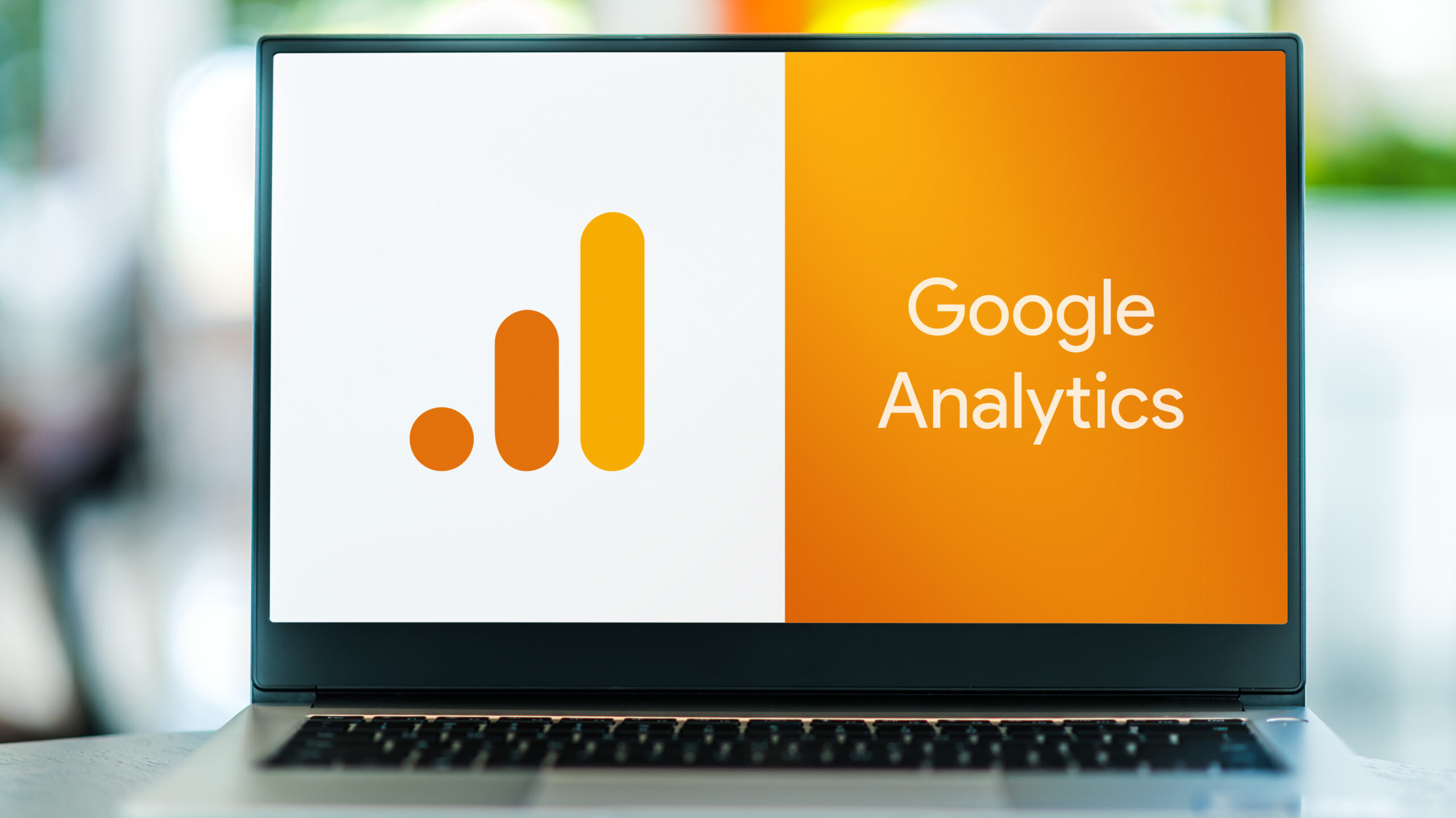From CRMs to sales funnels, email automation to keyword generators, tools are behind everything we do as digital marketers. So, it’s no surprise that Google has been working their socks off on some new software that lets us understand site visitors and customers better than ever before.
They’re calling it Google Analytics 4. It’s a completely new platform to the current Universal Analytics we’re sure you’ve all got set up on your websites – and it has some major overhauls you should be aware of. Luckily GA4 is packed with metrics and insights that can help you strengthen your digital marketing, increase conversions and land more sales. All this without spending a penny more on marketing.
But, let’s get down to the nitty gritty… what is Google Analytics 4, why should SMEs be switching over to it, and what’s in it for you? Today we’ll answer all the big questions you may have about Google’s big update to GA4.
What is GA4?
Hearing that Universal Analytics is soon-to-become obsolete, and that you need to switch over to the new GA4 feels pretty daunting – so we’ll try to make some sense of this new change.
Google Analytics 4 is a comprehensive collection of metrics and reports built into your website and other connected apps and interfaces. It exists because Google wants to replace the current Universal Analytics with a more powerful analytics tool that maximises the information you get about site visitors and customers – from the moment they first discover your business, to the click that closes the sale.
GA4 tracks every aspect of a visitor’s behaviour, using cookies and machine learning to patch together a complete image of how a lead moves through your sales funnel. It sounds pretty intense, but it really just helps you to understand how your web traffic is converting to sales, how many impressions it takes to convince them to make a key action, and so on.
The simplest way to think of GA4 is a tool that tells you why and how visitors are buying from you, and why you’re not converting other potential customers.
Switching over to GA4
Although there’s a steep learning curve for the new analytics platform, the principles are still the same – and the insights you’ll glean far outweigh the time needed to get to grips with GA4. Setting up GA4 doesn’t take much time, but it can be a tad confusing.
If you’re not tech savvy, we recommend having your web developer upgrade your site. This process is a lot easier if you already have Google Tag Manager set up on your site – and if not, we’d recommend configuring this first just to streamline things. Less fiddling around with code is always great.
If however, you’re determined to make sense of the update by implementing it on your website yourself, our friends at Search Engine Land have put together a pretty nifty article explaining how to switch over – and Google has plenty of guides to walk you through the process.
Why you need to switch over – and soon!
From the 1st of July next year, Google’s Universal Analytics won’t be tracking site visits and hits anymore. So, if you’re not currently using GA4 on your website, you effectively have a ticking countdown before you won’t be able to collect any metrics anymore. Don’t worry though – Google Analytics 4 is very friendly, is built for usability, and has plenty of handy features that’ll improve your conversion modelling.
With this being said, you may be thinking ‘2023, I’ve got lots of time’ and in essence you’re partially right but, Google has recommended that those who currently use Universal Analytics set GA4 up as a side property as soon as possible to ensure their website starts building enough historical data before we say goodbye to the Universal Analytics we’ve all come to know and love.
GA4 is better than Universal Analytics – and here’s why
We’d really love to nerd out about all the cool analytical features of GA4, but we’ll keep it short and sweet.
Google Analytics 4 isn’t an upgrade for the current Universal Analytics – it’s a fully-fledged, new toolset that’ll revolutionise your digital marketing. You’ll be able to track a lead’s progression through your sales funnel with event-based monitoring and triggers, track where visitors come from, how they move about a page, which links they click, and how they return in the future.
With detailed conversion modelling reports you can better understand the psychology of your site visitors and what turns them into customers. You’ll see when visitors leave from your site, and what gets them to return. This will help you find and patch weak points in your marketing strategy.
Better yet, GA4 integrates with other apps and devices to keep track of site visitors long term – so you know how many impressions it takes to convert a lead into a customer for the foreseeable. Ultimately you’re getting the full idea of a customer’s journey with your brand. You can use these metrics to boost conversions, increase web traffic, and maximise return on investment for your digital campaigns.
So, here’s what we think…
Google Analytics 4 is already taking over and has the potential to let websites like yours better understand their visitors. By using the wealth of new metrics and information cleverly you can easily double your conversion rates and increase your sales.
But, for small businesses who are just trying to better their products and keep sales coming through the door, getting on top of all this technology can be challenging – and can waste your time if you get stuck.
When our team becomes your marketing department we’ll automatically manage stuff like this on your behalf -– without you having to ask.
Find out more about how Brevity can become your marketing department here.

 Written by Lilly Steel
Written by Lilly Steel
